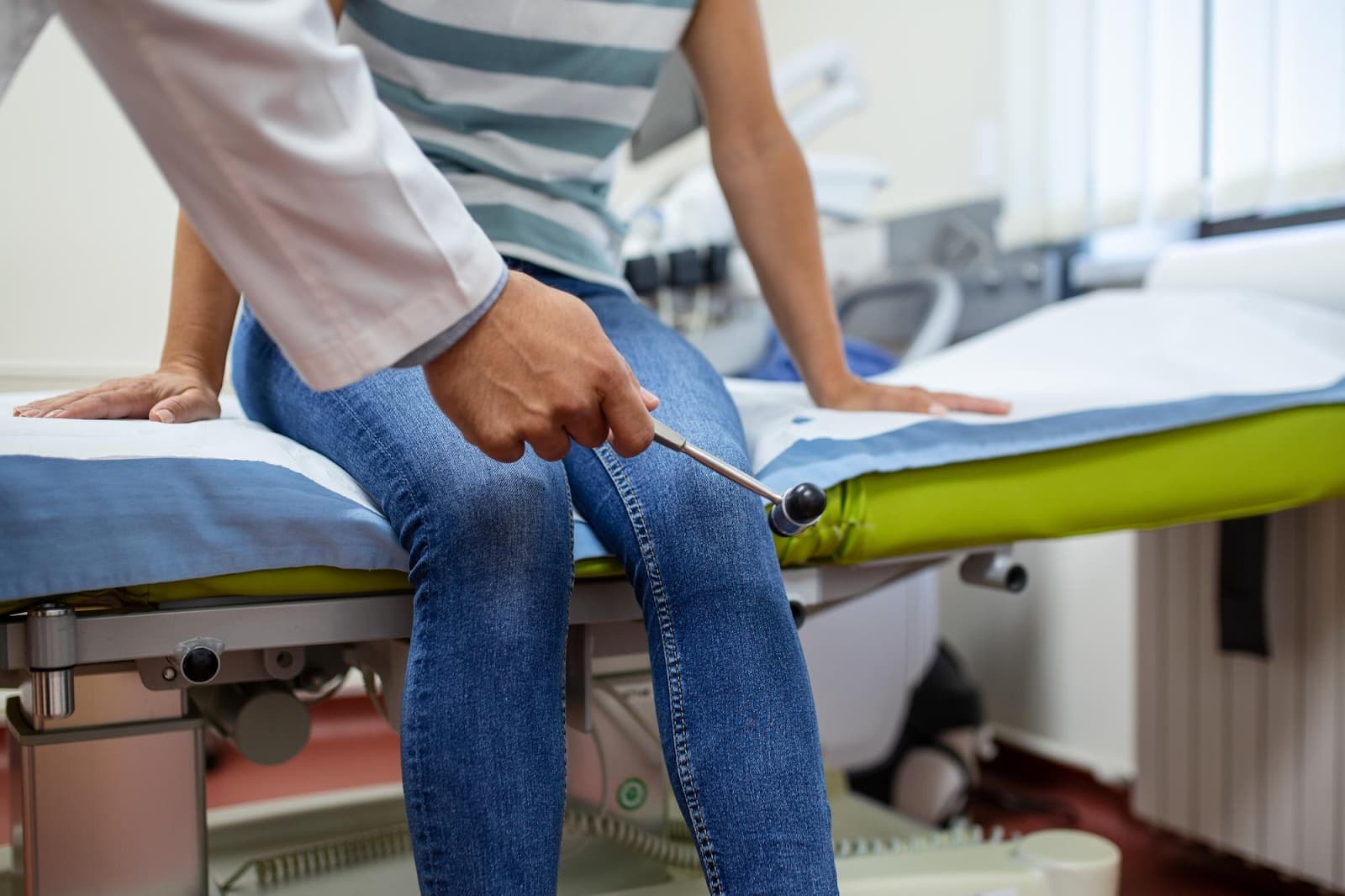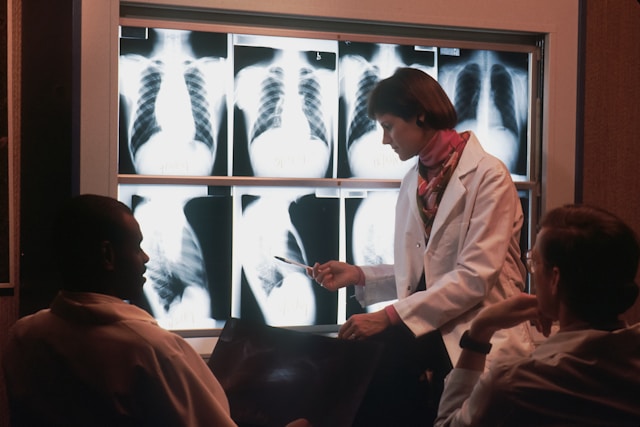In California’s upcoming years, the medical services sector, especially physician assistants, is poised for promising career prospects. As per recent data, close to 8,000 licensed physician assistants are actively practicing in California, enjoying an average yearly income of $101,880. The prevailing trend in the healthcare domain leans towards the heightened utilization of PAs, given the declining proportion of higher-cost physicians. Presently, there exist nine accredited college and university campuses statewide providing PA degree programs, a figure anticipated to escalate in response to the escalating demand for PAs. Individuals aspiring to pursue a career as a physician assistant in California are encouraged to consider the subsequent guidelines:
Step 1: Fulfilling the Prerequisites for an Accredited Physician Assistant Program in California
Becoming a Physician Assistant (PA) in California starts with acquiring the right education from accredited PA programs. The Physician Assistant Board of California mandates that candidates seeking licensure must complete a PA training program endorsed by the Accreditation Review Commission on Education for the Physician Assistant (ARC-PA).
Each accredited program possesses unique admission requirements, though some general prerequisites typically exist:
- GRE (Graduate Record Examinations): Candidates must undertake and pass this exam as part of the admission process;
- Direct Clinical Patient-care Experience: This practical aspect provides candidates with hands-on patient care exposure to understand the intricacies of the job;
- Satisfying Course Pre-requisites: Candidates must have completed courses in psychology, biology, and chemistry, which are essential for PA programs;
- Bachelor’s Degree: As most PA programs are graduate-level, students must possess a four-year degree before enrollment. Any major suffices for fulfilling this requirement.
Yet, choosing a major related to the medical field can provide added benefits as they usually fulfill PA course prerequisites. Some such beneficial majors include:
- Psychology: Helps in understanding patient behavior and mental health issues;
- Public Health: Provides knowledge on disease prevention and health improvement strategies;
- Biology: Lays the foundation for understanding human body and its functions;
- Nursing or Medical Assistant: Provides direct patient-care experience which is beneficial for a PA role.
Overall, achieving the above-mentioned requisites aids students in their journey to become a successful Physician Assistant in California. It’s recommended to research and choose the suitable PA program thoroughly for a rewarding career ahead. Read about the dynamic world of cardiothoracic PA professionals – their vital contributions, challenges, and future prospects in healthcare.
Step 2: Preparing for and Passing the PANCE
In California, to become a licensed Physician Assistant (PA), one must successfully pass the PANCE. The National Commission on Certification of Physician Assistants (NCCPA) oversees this examination, which plays a pivotal role in the journey to becoming a certified PA within the state. The following is a detailed guide to help you successfully manage this procedure:
Understanding the PANCE Exam
The PANCE is a rigorous exam designed to assess the knowledge and skills of aspiring PAs. Here are key details about the exam:
- Format: The PANCE is a 300-question multiple-choice exam;
- Duration: Candidates have five hours to complete the exam;
- Content: The exam covers a wide range of medical topics, including pharmacology, anatomy, physiology, and clinical medicine;
- Scoring: To pass the PANCE, candidates must achieve a scaled score of at least 350 out of 500.
Steps to Achieve Licensure
To obtain licensure as a PA in California, follow these steps:
- Complete a PA Program: Graduation from an accredited PA program is a prerequisite for taking the PANCE;
- Apply for the PANCE: Submit your application and the required fee of $475 to register for the exam. The NCCPA offers practice exams for $35, which can be immensely helpful in preparing for the actual test;
- Prepare Effectively: Use study materials, practice exams, and review courses to prepare thoroughly for the PANCE. Focus on areas where you feel less confident and seek guidance from experienced PAs or study groups;
- Take the Exam: On the exam day, arrive early, well-rested, and equipped with the necessary identification and materials;
- Receive Scores: After taking the exam, wait for your official scores from the NCCPA. If you pass, you’ll receive the credential of Physician Assistant-Certified (PA-C);
- Apply for California Licensure: Once you’ve obtained your PA-C credential, apply for licensure with California’s Physician Assistant Board. Be prepared to submit required documents, pay applicable fees, and undergo background checks.
Step 3: Acquiring PA Licensure from California’s Physician Assistant Board
Embarking on the formal licensure process is one of the crucial steps towards becoming a Physician Assistant in California. This involves submitting several documents to the California’s Physician Assistant Board and abiding by certain instructions.
Here’s a detailed breakdown of the essential components constituting a complete licensure application package for California:
Application for a PA License
This is the primary document where applicants provide their personal details, educational background, work experience, and other necessary information. It’s essential to fill this out accurately and honestly, which ensures smooth processing of your application.
Certification of Completion of Physician Assistant Training Program
This document serves as definitive proof that applicants have fulfilled the necessary training through an ARC-PA-approved program. It’s crucial to enclose this certificate within your application package to validate your educational qualifications.
Instructions for PANCE Score Release and Fingerprinting Process
Part of the application process requires the NCCPA to directly forward your PANCE scores to the Physician Assistant Board of California. Instructions about how to request this release are provided within the application package.
Moreover, all applicants must undergo a fingerprinting process for a criminal background check. This process could be completed via Live Scan service providers in California or via manual fingerprinting for those residing out of state. Instructions on how to proceed with either method are also included.
Application Expedition for Active Military Personnel and Spouses
Active military members and their partners are afforded the privilege of accelerated processing for their applications, a gesture of appreciation for their service. This streamlined process is detailed in the application materials, ensuring that eligible candidates can efficiently navigate the procedure.
When it comes to the financial aspects of the application, candidates are required to pay a modest fee of $25 for the application itself, along with a licensing charge of $200. For those preferring or needing manual fingerprinting, there is an additional cost of $49 to cover the processing involved.
To ensure a smooth and swift application process, it is vital that all documents are submitted accurately and completely. Typically, the board notifies candidates of their application status within a 30-day window, assuming everything is in order. Once approved, applicants receive their eagerly anticipated California Physician Assistant License, marking the beginning of a promising career in California’s healthcare sector.
Here are some tips and insights to enhance the application process:
- Preparation is Key: Gather all necessary documents beforehand to avoid delays in the application process;
- Understand the Fees: Be aware of all the fees involved and plan financially for them, including potential additional costs like manual fingerprinting;
- Follow Instructions Carefully: Pay close attention to the details in the application packet to take advantage of expedited processing for eligible individuals;
- Track Your Application: Stay informed of your application status and follow up if the review period extends beyond the typical 30 days;
- Plan Your Career Path: Once licensed, explore the various opportunities and specialties available in California to maximize your career potential in the medical field.
Step 4: Ensuring Ongoing Validity of Your California PA License
Similar to other professional licenses, a Physician Assistant license in California is not valid indefinitely. It expires every two years, specifically at the end of the license holder’s birth month. Hence, to continue practicing without disruption, PAs must systematically renew their license by fulfilling certain criteria:

Obtain Minimum Continuing Medical Education (CME) Credits
California requires Physician Assistants to stay updated with the latest medical knowledge and trends. This is ensured by making it mandatory for PAs to earn a minimum of 50 CME credits during each license renewal cycle. CME activities can include attending medical seminars, undergoing advanced training programs, contributing to medical journals, and more.
Submit a License Renewal Application
You must complete and submit the Renewal Application form provided by the California’s Physician Assistant Board. This is a straightforward process that includes confirming your adherence to CME requirements and providing updated contact information.
Pay the Renewal Fee
There is a fee of $300 associated with the renewal of your PA license in California. This amount is to be submitted along with your Renewal Application.
While California doesn’t necessitate the renewal of your PA-C credential from NCCPA, maintaining it can be beneficial. Firstly, by retaining your PA-C, you automatically fulfill the 50 CME credit requirement as the renewal process of the PA-C credential itself involves acquiring CME credits.
Secondly, the PA-C credential is recognized nationwide and could be required should you choose to relocate your practice to another state. Keeping it active grants flexibility in your career path.
By ensuring timely license renewal, you safeguard your legal status to practice in California and also show commitment to your ongoing professional development. Remember, your goal isn’t just to be a PA, but to be a PA who is continually learning, growing, and providing the best possible care to all patients.
Conclusion
In conclusion, the future of the medical services field, particularly for physician assistants in California, looks bright. With a substantial number of licensed PAs already working in the state and a growing demand leading to favorable job prospects, pursuing a career as a physician assistant in California is a promising choice. As the healthcare industry continues to evolve and prioritize cost-effective solutions, the role of PAs is expected to become even more crucial, making it an attractive career path for aspiring healthcare professionals.




